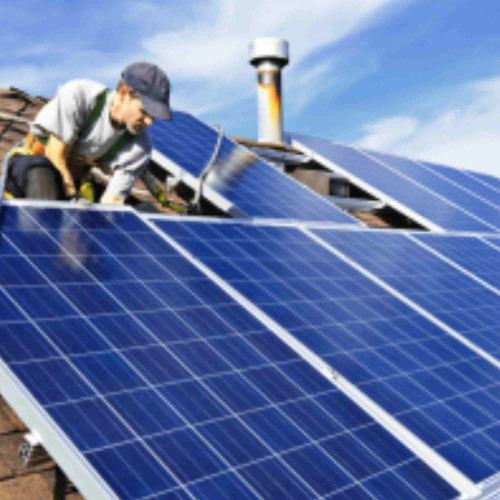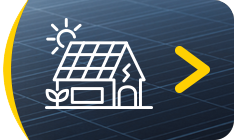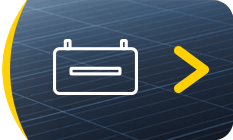- 16 Oct, 2017
- Solar Training , Using and installation

We already touched on the maintenance and servicing of your solar inverters which is required if you want to ensure maximum performance over the years. This week, we would like to move on and have a look at how to maintain your solar panels.
Just like for solar inverters, solar panels require regular servicing to garantee an optimum energy conversion efficiency. Some models are made out of treated glass and require less cleaning. Also, rain often does the trick. Nevertheless, you should clean your panels once a year. Under certain conditions, your solar panels might even require more frequent cleaning.
Cleaning the solar modules
Most manufacturers therefore recommend an annual cleaning, which is simple to carry out and consists mainly of removing dead leaves and other dirt that may have settled on the panels and frames and simply disposing of the dust with water.
However, if your panels are installed at an angle of more than 15° and the installation site does not present a particular risk of soiling, cleaning can be done less frequently, simply when a visual inspection reveals its usefulness. With a lower inclination, cleaning can be done approximately every 2/3 years.
Only in some cases do we actually need closer cleaning:
Installations on sunscreen facades
A large bird population in the area
Installations carried out near agricultural land or by the sea
Proximity to a railway or industries that potentially emit chemicals or particles into the air
Visual inspection
The visual inspection, which is carried out annually, makes it possible to check certain points of the installation in order to be informed of any possible malfunctions. Here are the points you should check regularly:
Check that there is no breakage in the windows
Look for delaminated cells, i. e. cells that have an alteration of their surface
Ensure that there is no waste on the solar panels
Check the mouting systems
Look for moss and other surrounding plants to make sure that your installation is not in the shade (due to the growth of a tree for example)
What about snow removal?
Most panels are designed to withstand relatively high snow weights. So, except in case of massive snowfall, it is better to abstain; climbing on a snow-covered roof is dangerous and you can also damage your installation during this operation (scratches, breakage).
If you live in a snow-covered area in winter, however, you can take preventive measures; with a steep slope (greater than 30°) to prevent snow from settling on it, and by choosing frameless panels that retain less snow.
You are now in the same position to maintain your installation as well as possible, knowing that this will prevent you from losing up to 15% of yield over the year. Last but not least, the cleaning is done at the end of winter of course, as soon as the days lengthen to take full advantage of the sunshine of the first beautiful days.
All rights reserved










